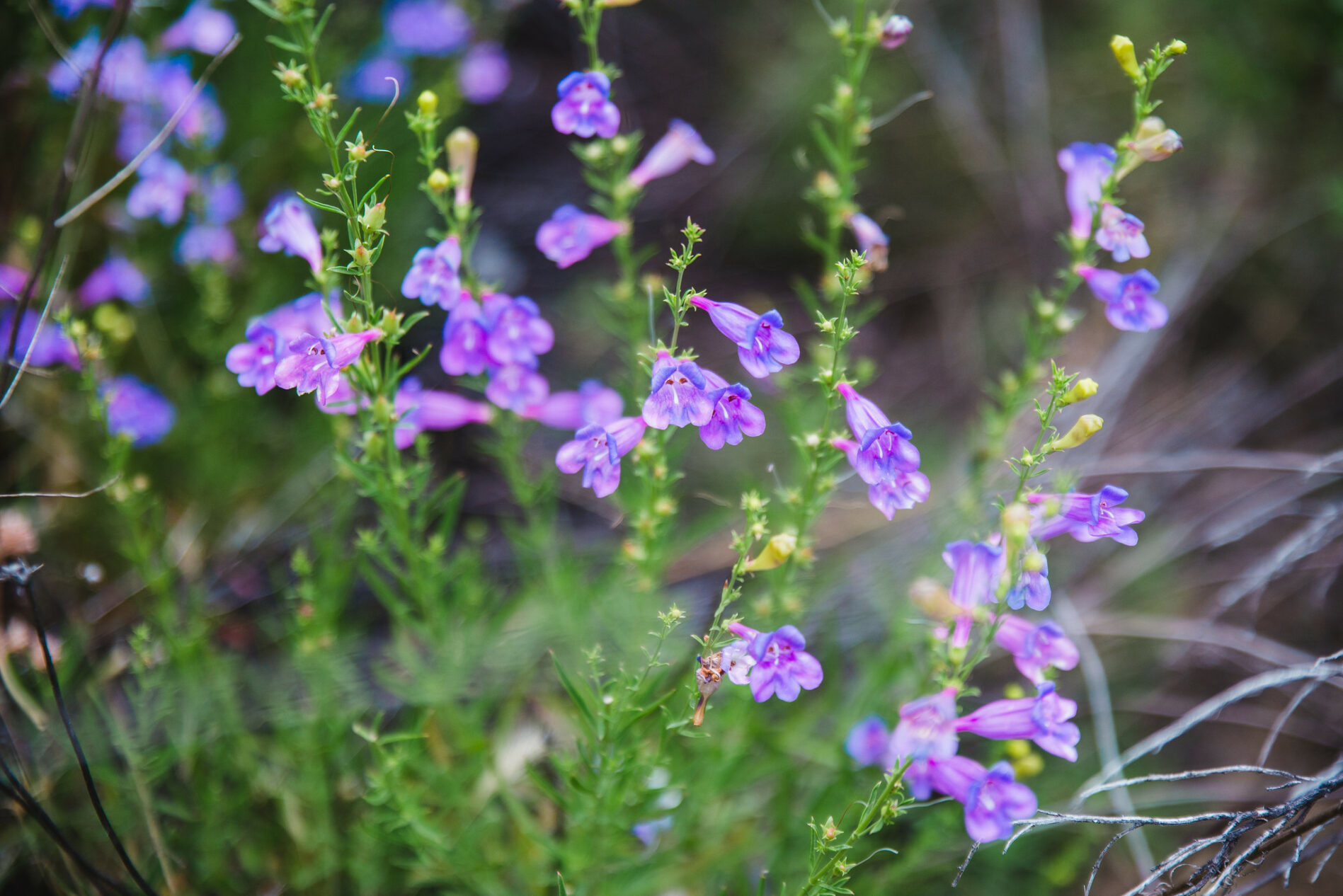Are you thinking about finally getting around to replacing that brown lawn in your front yard? Thinking of taking advantage of one of the many rebates to help turn your non-functional turf into a California native plant landscape? Envious of your neighbor that already has a climate-ready garden?
Well, take a breath… the hot, rainless months of summer are coming, and they are not the best time to plant. Instead, it is a great time to plan the garden you’ve always dreamed of!
Do Your Homework

Before you start designing your garden, follow these four steps to get to know your landscape a little better:
- Determine your climate zone. Our hometown of LA is in a Mediterranean climate, but if you’re reading this in a far-off land, double check your zone to find your perfect plants!
- Determine the amount of sun exposure you have in your yard. This will help determine if you need shade-tolerant plants in your future garden.
- Full sun
- Partial Sun
- Shade
- Get to know your soil type. Not all soil is created equal — is your garden soil more clay, silt or sand?
- Create a simple map of your yard. Remember to add any walkways and planters, existing trees (including how far out their branches reach), and water sources. Measure and add the dimensions of the space.
Sheet Mulch n’ Wait
To kill your grass without using poison, try sheet mulching! It will look a lot better than dead grass, and when it is time to add plants in the fall, you’ll be able to push back the mulch and go!
Get step-by-step instructions in our handy DIY video:
Pick and Plan
Once you’ve done your homework – climate zone, sun exposure, soil type – use this Native Plant Starter List to help you choose some plants. Last but not least, create a map to help you figure out a general design. Here are some basics to consider:
- Place plants based on what their size will be at maturity, not the size when planted.
- Group plants with the same water needs.
- Choose plants of varying heights. Place tall ones in the back or in the center with shorter plants in front or around the taller ones.
- Place smaller plants, or those with interesting blooms or wonderful fragrance, near walkways or window views.
- Allow for areas with just mulch (like under trees), large rocks/boulders, gravel pathway, seating or perhaps an art piece.
Once the cooler days of fall arrive, you will have your yard mulched and plan in hand –ready to take a trip to your local nursery so you can start planting!
Wanting more tips on how to create a climate-ready yard? Check out our TreePeople.org/yards!

